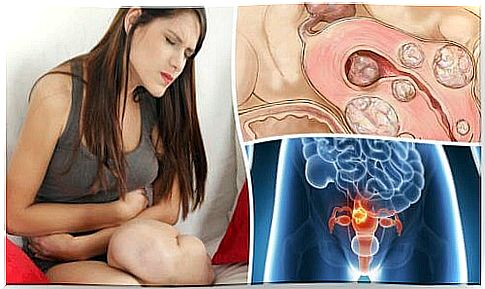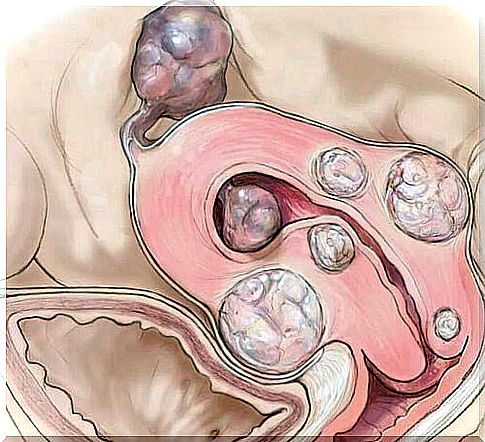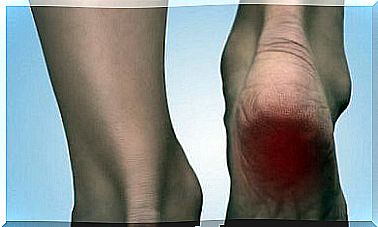5 Facts To Know About Uterine Fibroid

The uterine fibroid, or myoma, is an abnormal mass of muscle tissue that forms on the surface of the uterus and less frequently on the cervix.
A diagnosis of this type is certainly a cause for concern, yet only 0.5 percent of fibroids develop cancer cells.
This means that, while it may cause gynecological discomfort, it rarely carries a systemic cancer risk.
It is undoubtedly a disease that requires a lot of attention, since it can affect reproductive and hormonal activity.
According to the Ministry of Health, after the age of 40, one third to half of women can be carriers of uterine fibroid.
Despite its frequency, women are poorly informed about it and often discover they have this disease after several years.
For this reason, today we want to talk about 5 important facts about uterine fibroid, which every woman should know.
1. What is uterine fibroid?

Uterine fibroid is a benign type of tumor that can develop after the age of twenty.
Also known as leiomyoma or myoma, it is made up of small, nodular-looking masses of tissue that vary in size (from microscopic to large).
Its appearance is associated with genetic predisposition and hormonal factors and is one of the frequent causes of female infertility.
2. Types of uterine fibroid
Fibroids are classified into four categories according to their location within the uterus.
Submucosal fibroma
- It develops under the myometrium, which is the lining that protects the inner wall of the uterus.
- It can extend towards the inner portion of the uterine cavity and when it is large it can occupy a large part of it.
Subserous fibroma
- This mass forms under the serosa, the membrane that covers the outside of the uterus.
- It gives the uterus a nodular appearance.
Pedunculated fibroma
- It is a subserosal type fibroid but, unlike the previous one, it develops by attaching itself to the wall of the uterus by means of a thin filament or peduncle.
- This tumor formation can develop towards the inside of the uterine cavity or towards the outside.
Intramural fibroma
It forms inside the muscular wall of the uterus; when it is large, it can distort both the inner and outer wall of the uterus.
3. What are the main symptoms of uterine fibroid?

Although in many cases it is a difficult disease to diagnose due to a lack of symptoms, more than half of women may experience the following changes:
- Heavy and irregular menstrual bleeding.
- Swelling and pain in the lower abdomen.
- Sudden weight gain.
- Difficulty getting pregnant.
- High-risk pregnancy and childbirth.
- Pain during intercourse.
- Changes in urinary habits.
- Low back pain.
4. What effects does it have on fertility?
One of the major concerns raised by this disease relates to its effects on reproductive health.
When the fibroid reaches a significant size, it is likely to compromise fertility or otherwise make pregnancy more complicated.
The risk of remaining sterile varies from case to case, usually depending on the number, size and location of the fibroids in the uterus.
The fibroid can grow in size under the influence of estrogen and since progesterone predominates during pregnancy, it is possible to follow a therapy to promote conception.
It must be considered, however, that the presence of the fibroid increases the risk of miscarriage in the first three months of gestation and subsequently of premature birth.
Myomectomy is currently one of the safest options for women seeking a baby.
5. What are the therapies in case of uterine fibroid?

Many women diagnosed with uterine fibroid think the only solution is surgery.
It is important to know, however, that it is not the only possible treatment, and when the size of the myoma is small, it is not necessary.
In general, small masses can be treated with a drug cure. If the fibroid does not respond to the pharmacological approach and increases in size, it will need to be removed.
In these cases, a myomectomy is performed, removing the fibroid without damaging the uterus.
Finally, in the event of complications, a hysterectomy may be necessary, with partial or total removal of the uterus.
Many specialists recommend Ulipristal acetate therapy, a progesterone receptor modulator capable of reducing the presence of fibroid in the uterus.
Paying attention to symptoms and undergoing regular gynecological check-ups is crucial to receiving an early and correct diagnosis of this disease.









